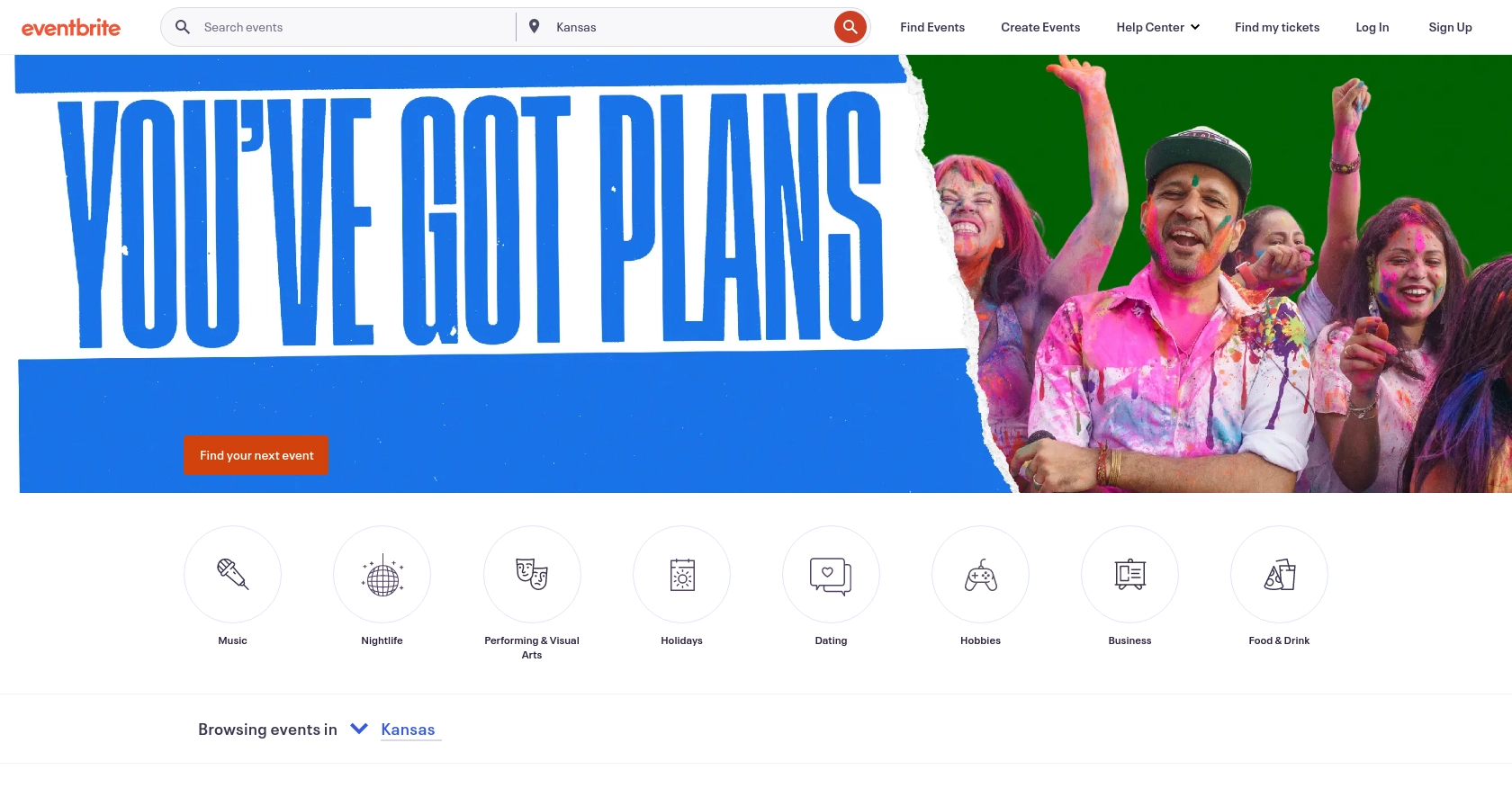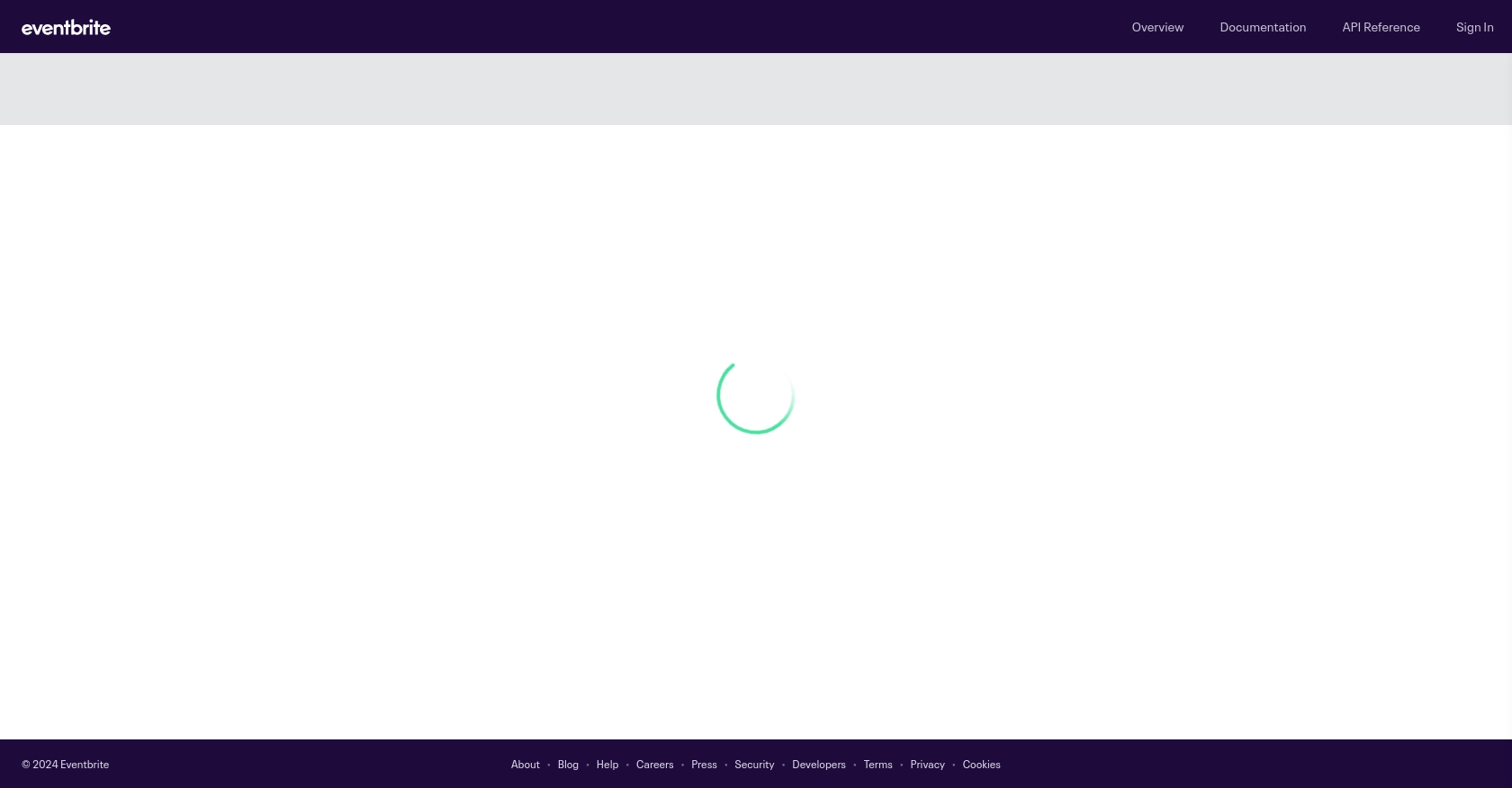Using the Eventbrite API to Get Attendees (with Python examples)

Introduction to Eventbrite API Integration
Eventbrite is a popular event management and ticketing platform that empowers event organizers to plan, promote, and sell tickets to events of all sizes. With its robust API, developers can seamlessly integrate Eventbrite's functionalities into their applications, enabling automated event management and data retrieval.
Connecting with the Eventbrite API allows developers to access valuable event data, such as attendee lists, which can be used to enhance event planning and marketing strategies. For example, a developer might use the Eventbrite API to automatically retrieve attendee information for a conference, enabling personalized communication and follow-up with participants.
This article will guide you through using Python to interact with the Eventbrite API, specifically focusing on retrieving attendee data. By the end of this tutorial, you'll be equipped to efficiently access and manage attendee information from your Eventbrite events.
Setting Up Your Eventbrite Developer Account and App
Before you can start interacting with the Eventbrite API, you'll need to set up a developer account and create an application to obtain the necessary credentials for authentication. Eventbrite uses OAuth 2.0 for secure access, allowing you to authorize users and access event data.
Step 1: Create an Eventbrite Developer Account
If you don't already have an Eventbrite account, you'll need to sign up for one. Visit the Eventbrite Developer Portal and follow the instructions to create your account. If you already have an account, simply log in.
Step 2: Create a New Application
Once logged in, navigate to the "My Apps" section in the Eventbrite Developer Portal. Click on "Create a New App" to start the process of setting up your application.
- App Name: Choose a descriptive name for your application.
- App Description: Provide a brief description of what your app will do.
- OAuth Redirect URI: Enter the URI where users will be redirected after authentication. This is crucial for OAuth 2.0.
After filling in the details, click "Create App" to generate your application credentials.
Step 3: Obtain Your Client ID and Client Secret
Upon creating your app, you'll be provided with a Client ID and Client Secret. These credentials are essential for authenticating API requests. Make sure to store them securely, as they will be used to generate access tokens for API calls.
Step 4: Set Up OAuth 2.0 Authentication
With your Client ID and Client Secret, you can now implement OAuth 2.0 authentication in your application. This involves directing users to Eventbrite's authorization URL, where they can grant your app permission to access their data. Once authorized, you'll receive an authorization code, which can be exchanged for an access token.
Refer to the Eventbrite API documentation for detailed instructions on implementing OAuth 2.0 in your application.

sbb-itb-96038d7
Making API Calls to Retrieve Eventbrite Attendees Using Python
To interact with the Eventbrite API and retrieve attendee data, you'll need to make authenticated API calls using Python. This section will guide you through the process, including setting up your environment, writing the necessary code, and handling potential errors.
Setting Up Your Python Environment for Eventbrite API Integration
Before you begin coding, ensure that you have the following prerequisites installed on your machine:
- Python 3.11.1 or later
- pip, the Python package installer
Next, install the requests library, which will be used to make HTTP requests to the Eventbrite API:
pip install requestsWriting Python Code to Fetch Attendees from Eventbrite
Create a new Python file named get_eventbrite_attendees.py and add the following code:
import requests
# Set the API endpoint and headers
endpoint = "https://www.eventbriteapi.com/v3/events/{event_id}/attendees/"
headers = {"Authorization": "Bearer YOUR_ACCESS_TOKEN"}
# Make a GET request to the API
response = requests.get(endpoint, headers=headers)
# Check if the request was successful
if response.status_code == 200:
# Parse the JSON data from the response
data = response.json()
# Loop through the attendees and print their information
for attendee in data["attendees"]:
print(f"Name: {attendee['profile']['name']}, Email: {attendee['profile']['email']}")
else:
print(f"Failed to retrieve attendees: {response.status_code} - {response.text}")
Replace YOUR_ACCESS_TOKEN with the access token obtained through OAuth 2.0 authentication, and {event_id} with the specific ID of the event you wish to query.
Running the Python Script and Verifying Results
Execute the script from your terminal or command line:
python get_eventbrite_attendees.pyIf successful, the script will output the names and emails of the attendees for the specified event. You can verify the retrieved data by cross-referencing it with the attendee list in your Eventbrite account.
Handling Errors and Understanding Eventbrite API Response Codes
When making API calls, it's crucial to handle potential errors gracefully. The Eventbrite API may return various status codes, such as:
- 200 OK: The request was successful.
- 401 Unauthorized: Authentication failed. Check your access token.
- 404 Not Found: The specified event or resource does not exist.
- 429 Too Many Requests: Rate limit exceeded. Consider implementing a retry mechanism.
Refer to the Eventbrite API documentation for more details on error codes and handling strategies.
Conclusion and Best Practices for Using the Eventbrite API
Integrating with the Eventbrite API provides developers with powerful tools to enhance event management and attendee engagement. By following the steps outlined in this article, you can efficiently retrieve attendee data using Python, enabling personalized communication and improved event planning.
Best Practices for Secure and Efficient Eventbrite API Integration
- Secure Storage of Credentials: Always store your Client ID, Client Secret, and access tokens securely. Consider using environment variables or secure vaults to protect sensitive information.
- Handling Rate Limits: The Eventbrite API enforces rate limits to ensure fair usage. Implement retry mechanisms and exponential backoff strategies to handle
429 Too Many Requestsresponses gracefully. - Data Transformation and Standardization: When retrieving attendee data, consider transforming and standardizing fields to match your application's data model. This ensures consistency and simplifies data processing.
Streamlining Integrations with Endgrate
While integrating with individual APIs like Eventbrite can be rewarding, it can also be time-consuming and complex, especially when dealing with multiple platforms. Endgrate offers a unified API solution that simplifies the integration process, allowing you to focus on your core product development.
With Endgrate, you can build once for each use case and leverage a single API endpoint to connect with multiple platforms, including Eventbrite. This not only saves time and resources but also provides an intuitive integration experience for your customers.
Explore how Endgrate can streamline your integration efforts by visiting Endgrate's website and discover the benefits of outsourcing integrations to focus on what truly matters—your product's success.
Read More
Ready to get started?
